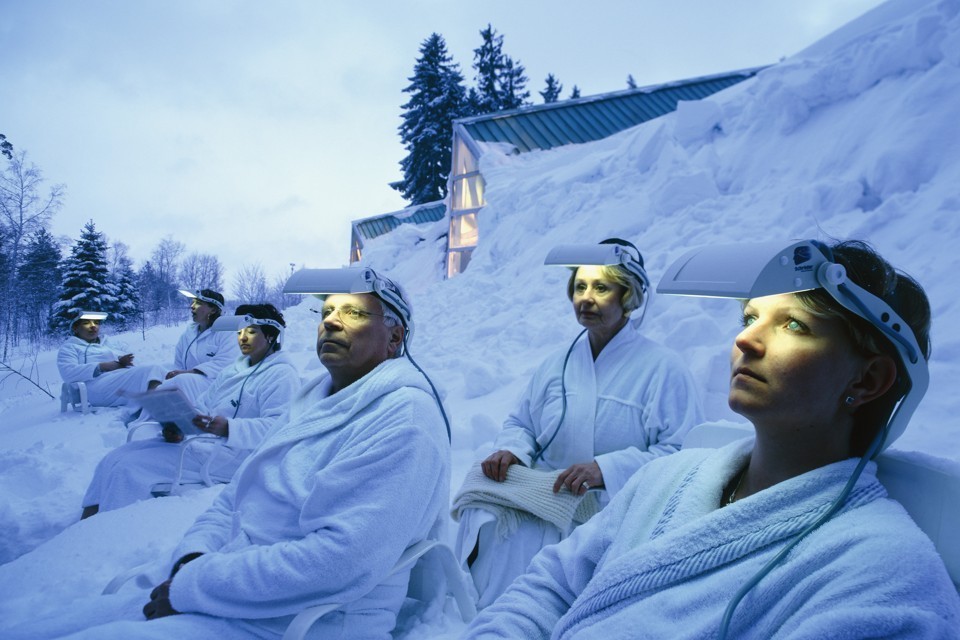
January blues and how to deal with it
Feeling blue? You are not alone. These are 4 ways to survive January blues in a simple and effective way.
January blues
Starting on Thanksgiving and all the way through to Christmas or Hanukkah, our mood changes rapidly. For some the holiday season is filled with fun social gatherings of friends and family, and for others with sadness, loneliness and anxiety. When January rolls in we are left with the aftermath of the holiday season, such as: excessive spending, eating, drinking and partying; unrealistic expectations that were not met; New Year’s resolutions that are already broken; financial stress, and fatigue from overwhelming guests and social gatherings. The weather is dark and gloomy when reality kicks in and our mood takes a dip dragging us to seasonal depression.
What to do to beat them
1. Acknowledge how you feel
January blues affect a big percentage of the population; you are not alone. Denying it and pretending all is well means that you suppress your sadness because you feel you are not able to do anything about it. It is when you feel helpless that depression breaks in and by passively accepting your sadness you do not allow any room to start working for happiness. Happiness is when the triad of what we “think-feel-do” is in sync and is the first step to your long lasting well-being. You cannot get there if the “feel” part is denied and therefore missing. It means that your actions will only be the result of your thoughts and how good could this be if you think you are helpless? You see the trap? When you act from the place of victim you will keep sinking further and further to your depression and helplessness. So, acknowledge your sadness and the fact that there is something you can do about to change it.
2. Self-Care
Now that you have acknowledged your feelings it is time to take action. Start with yourself! Squeeze at least 30 minutes of “me time” in your everyday routine. What is the one thing you enjoy and you never manage to do because everything and everybody else is a priority? Well, this is the time to do it! Nurture yourself by taking a long hot bath, listening to the music, scheduling a massage, reading a book, or catching up with good friends. If you relax watching TV, watch mood boosting films instead. You can also start something new that you always wanted to do for yourself; painting, knitting, spinning, or zumba classes. Uplift yourself by keeping a gratitude journal or a journal of your ideal life instead of writing down how miserable you feel. Your feelings are not who you are. Focus on your needs instead and allow space in your life for them to be attended.
3. Introduce Light in your Life
Now that you have taken the first steps to self-care, you need to support your body with the necessary natural energy – light – to beat your symptoms of depression. Reduced day light is a proven risk factor in wintertime sadness. Both animals and humans react to wintertime with changes in mood and behaviors. Seasonal depression occurs as the days grow shorter and the nights grow longer. Moving closer to the equator is not an option for most of us, but there is another way to bring light into your lives: coMra-Therapy. It is proven that low level laser therapy, or else photobiomodulation, produces statistically significant antidepressant responses (1).
You can enhance your mood and help depression through photobiomodulation and the use of coMra Palm as low level laser therapy (a) increases oxygen and blood flow to the prefrontal cortex which is essential for alleviation of depressive symptoms, and (b) it reduces neuroinflammation in the central nervous system which is correlated with depression. Light therapy is also the most researched and widely-used treatment for seasonal depression. The coMra Palm combines infrared laser, light therapy through LEDs and magnetic field and is a natural, inexpensive, effective and easy way to provide your body with the necessary energy and healing light it needs for symptom relief and mood elevation.
4. Ask for Support
Now that you have started being present in your life it is important for you to look to your environment for a support system for yourself. Getting family help is a great place to start. Talking to family members about how you feel and how you are tackling it could help them understand your state of being and provide support. Close friends and trusted co-workers could also serve the same purpose. Surround yourself with as many positive and supportive people as possible. If family members and close friends are not around, join support or community groups who have similar needs with yours and could give you much needed support. Camaraderie is vital for the healing process. A therapist could also help you with symptom relief and coping strategies to deal with the issues that affect you.
References
- Cassano, P., Petrie, S.R., Hamblin, M.R., Henderson, T.A., & Iosifescu, D.V. (2016). Review of transcranial photobiomodulation for major depressive disorder: targeting brain metabolism, inflammation, oxidative stress, and neurogenesis. Neurophotonics, 3(3), 3-10. Doi: 10.1117/1.NPh.3.3.031404
- Ishizaki, J. Yamamoto, H., Takahashi, T., Takeda, M., Yano, M., & Mimura, M. (2008). Changes in regional cerebral blood flow following antidepressant treatment in late-life depression. International Journal of Geriatric Psychiatry, 23(8), 805-11. doi: 10.1002/gps.1980.